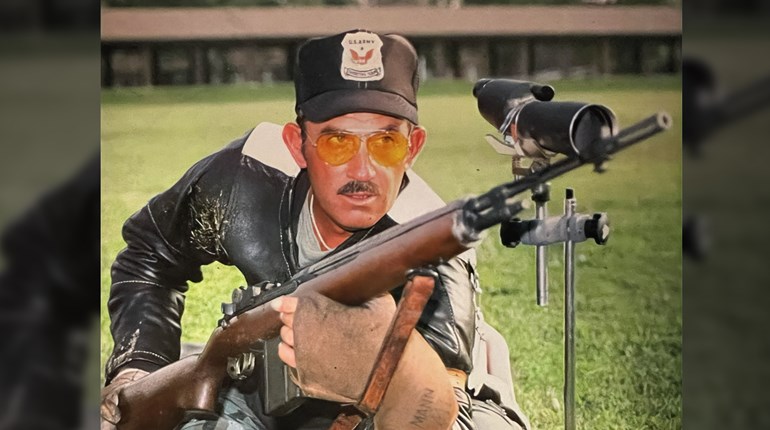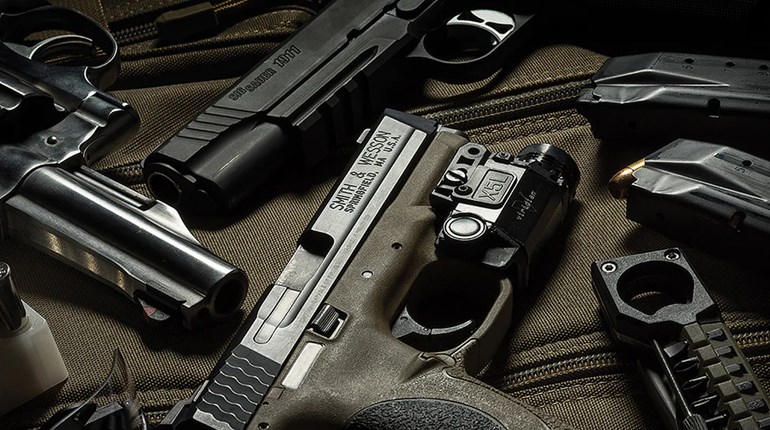
Some folks don’t realize that there is a big difference between training and practice. In training, we are learning new skills at a defensive training school or from qualified individuals. But learning those new skills is of little value if we don’t practice them after the training session. In order for those new skills to be effective, they have to become habit (No, it’s not muscle memory). You can’t perfect a new life-saving habit during two days of training, or even a week-long class.
This is the reason that many instructors will give you a handout that describes the drills that you should be practicing in order to reinforce what you have just learned. Failing that, it is perfectly proper to ask instructors to describe the practice drills they recommend. Another good technique is to sit down, each evening, after the training session and makes yourself some notes so that you are describing what you have learned while it is still fresh on your mind.
For example, I didn’t perfect a proper pistol presentation or speed reload while at school. I merely was shown how to do them correctly and efficiently. I perfected those skills during the hours that I spent at home, during dry practice, working to make what I had learned a habit.
I have heard it said that a person has to perform a physical task some 3,000 times before it truly becomes an ingrained habit. I wouldn’t know about that exact number and never kept count of the repetitions that I performed in various defensive gun-handling techniques. I do know that, with proper practice, you reach a point where a certain function becomes ingrained. You know it, and you can feel it.
The same thing is true with gun safety. It is the reason that this is the first topic that is covered in any worthwhile defensive handgun class. You start practicing gun safety from the very get-go and, soon, you know exactly where your muzzle is pointed at all times and exactly where your trigger finger should be. Gun safety then becomes a natural part of our being and we do it without consciously thinking about it. Not long ago, a child was showing me the toy gun that he got for his birthday. Without thinking, I reached over and pushed the muzzle away from where it was covering my belly. In a way, I felt a little silly but, in another way, it seemed the natural thing to do.
So it is important for us to know the difference between training and practice. We need to realize that one without the other is probably a waste of time. We train to learn new and proper techniques. We practice those techniques often enough so that they become a habit. And it is also the reason for continuing our education by taking more classes. Those classes reinforce what we have learned and give us a chance to make sure that we are practicing it properly.




































